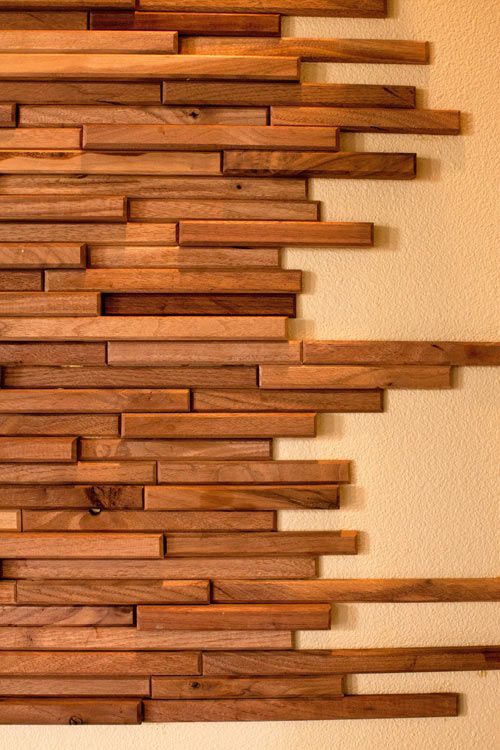Ceramic or clay tiles provide the most protection and are moderately easy to install.
Installing tile on wood wall.
Installing tile on exterior walls.
Interior if you are working in an interior setting in a dry area where the tile will never come into contact with water you can install the tile directly onto the face of the plywood so long as you use the proper type of thinset.
The best way is to arrange your wall tile in a pyramid shape.
Using this tool score the cut line on a full tile and then snap the tile along the scribed line.
Adjust the layout to fit the space step 1.
Take your time and work on the wall in 3 square foot sections.
Figure a and figure b are typical examples of exterior wall tiling.
The adhesive on the back side of the aspect wood tiles is engineered to stick to flat primed smooth walls.
Figure a represents tile installed over a mortar bed fastened to masonry or concrete while figure b is tile bonded directly over masonry or concrete.
Place the mosaic sheets along the wall.
At the end of a row or around fixtures you ll probably need to cut some tiles.
When creating a grid pattern start at the center where the lines intersect.
For wall installations your real concerns are whether you want to use thinset directly on the wood and whether you are using an exterior or interior type of plywood.
If you are using installation method 1 proper wall preparation is required.
To help illustrate how to install wall tile outdoors we ve included the diagram below.
Before doing any tile work you may want to consider where the wood paneling is.
You can do so with just one coat of finish.
Follow the lines you made when the tiles were dry fit to the wall.
Plan the vertical tile design.
Install tiles one through four as directed.
Spread the mastic over a 3 square foot section of your installation area using a notched trowel onto the wall.
Plan the horizontal tile design step 3.
Add tile spacers for help keeping the tile pieces lined up.
Installing tile behind a wood stove provides heat protection color texture and warmth to the area.
Then every subsequent row is a process of draping over the pyramid back and forth.
Allow the tiles and substrate to come to room temperature 65 f to 100 f before installation.
Set a center point find the center of the wall that best suits your tile selection and mark a vertical line.
Even though it will be covered with the tile you want to avoid any chances of the wood changing size or moving.
A rented ceramic tile cutter is the easiest way to make your straight cuts.

